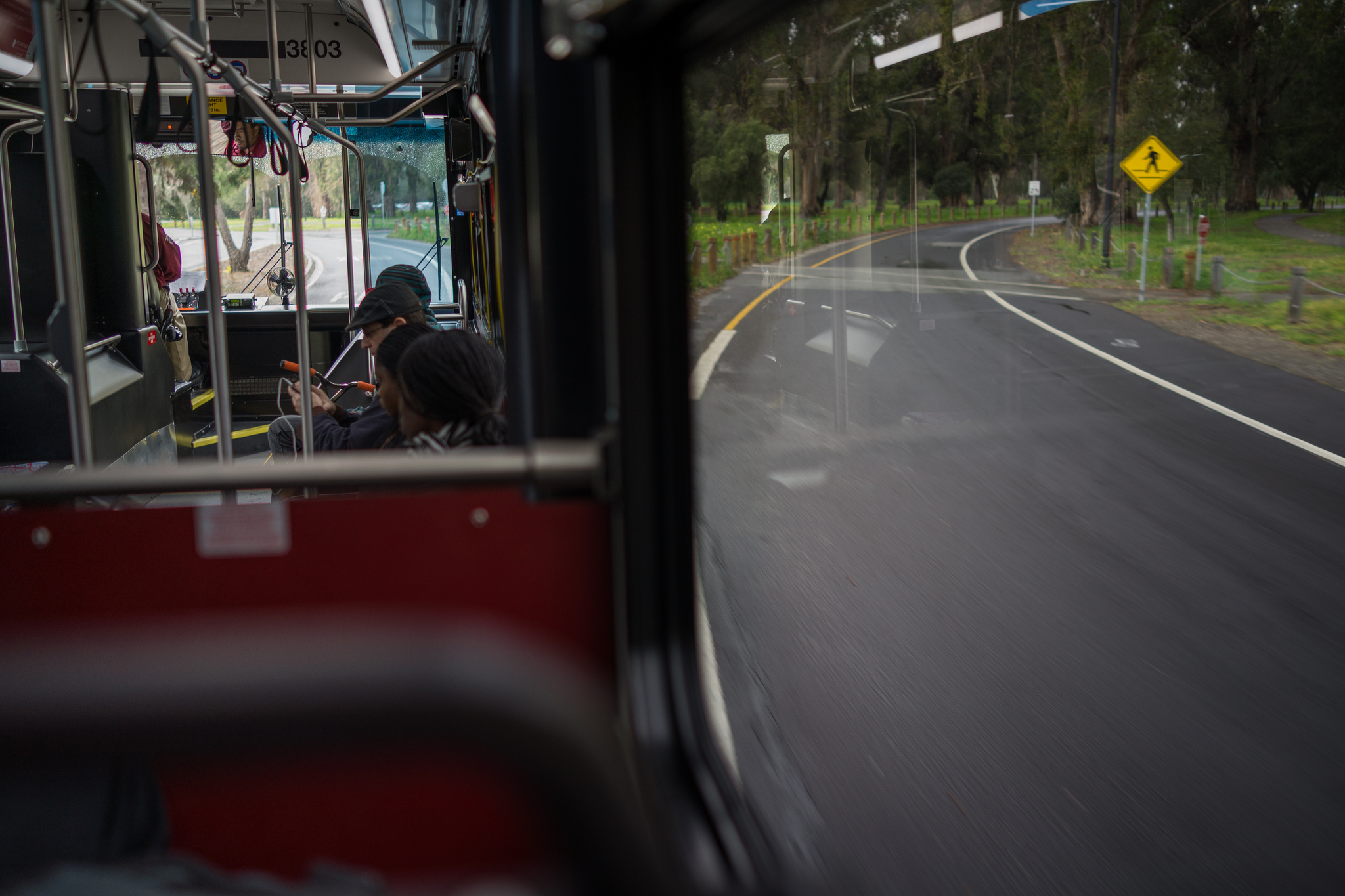Early Micro Fourth Thirds and oddballs like the Sigma DP1 led affordable, mirrorless cameras to popularity. Among the key benefits: Convenience of a rangefinder, like the one used on Day 87, but for much less cost; physically smaller size; and lenses that are less bulky. The DP line, like the Fuji X100 series or the Leica X1 and X2, stand out for being compacts with fixed lenses and APS-C sensors common among digital SLRs. Another, the Sony Cyber-Shot RX1, and companion RX1R, up the ante by offering something more: full-frame sensor.
A full-frame sensor is typically 24mm by 36mm with an effective focal point of 35mm. APS-C is cropped, by comparison, adding an effective multiple of around 1.5 times (depending on the camera) to the lens’ focal length. Full frame captures more detail, suffers from fewer visual artifacts, and produces better results in natural or low-light. You pay more, too. Either RX1 retails for around $2,800—for camera with fixed, non-interchangeable lens.
Justin Kern used the RX1 to shoot today’s selection, which I chose for its detail, rich color, and stark contrast—perspective smartly split between the bus interior and the road outside. Vitals: f/2, ISO 125, 1/80 sec, 35mm.
